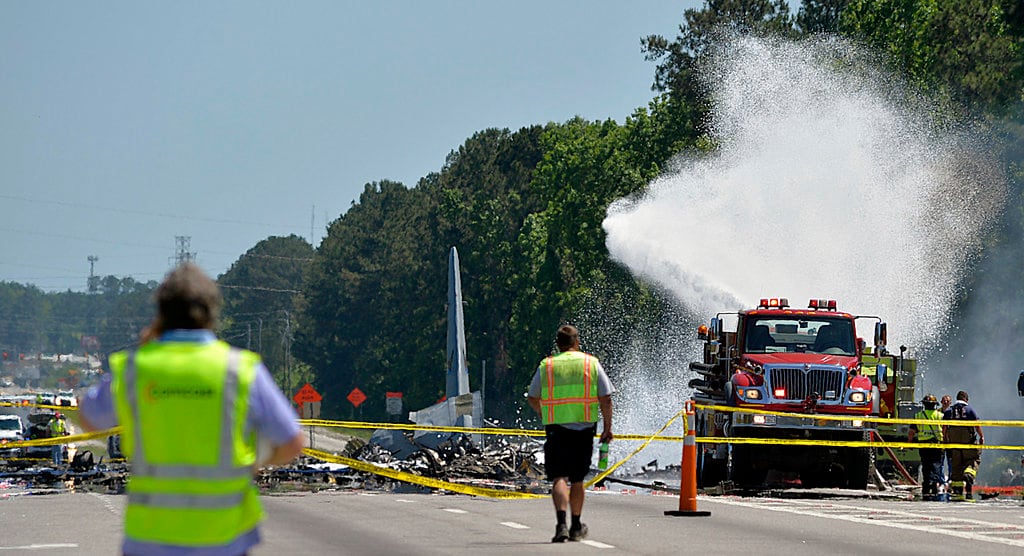The Puerto Rico Air National Guard’s 156th Airlift Wing has received new missions and a new name.
Now called the 156th Wing, the unit will now carry out contingency response and combat communications, the Air National Guard said in an April 11 release. Air National Guard spokesman Lt. Col. Randy Saldivar confirmed in an email that the new missions will replace the mobility mission the 156th previously carried out.
There are no WC-130 Hercules aircraft — like the one that crashed near Savannah, Georgia, last year — or any other aircraft remaining on the island, Saldivar said. The WC-130s are being removed from service.
“The Air Force and Air National Guard have been working towards a long-term mission for the Puerto Rico Air National Guard,” Saldivar said in the email. “The new missions restore the unit’s operational relevance and present a valuable investment in contingency response to meet national defense strategy requirements, Air Force objectives, and combatant commanders’ priorities.”
The change comes nearly a year after the tragic loss of one of the wing’s WC-130Hs, which crashed shortly after takeoff in May 2, 2018, killing all nine airmen aboard. The subsequent investigation into the crash found troubling morale, manning and resource problems in the wing, and a possible “culture of complacency” that may have led maintainers to cut corners.
RELATED

The accident investigation board report, released last November, said the 156th suffered from “a certain degree of apathy and low morale” that “stemmed from a lack of cohesive mission for a wing that flies non-combat coded aircraft.” Aircraft availability suffered, poor morale drove some airmen to leave the wing, and the 156th had alarming shortfalls in vital positions for lengthy periods, the report said.
When asked if the crash and issues uncovered by the investigation played a part in the decision to replace the wing’s mobility mission, Saldivar said the Guard “reviewed multiple options when considering mission options for the PRANG,” or Puerto Rico Air National Guard.
“Mission alignment decision requires much research and evaluation to synchronize with the National Defense Strategy and meet combatant commander and Air Force needs," Saldivar said. “The goal for the [Air National Guard] and the [Air Force] has been to bring a long-term solution that capitalizes on the experience of the PRANG airman, including non-flying operational missions.”
The release said that contingency response forces are highly specialized units that deploy rapidly to quickly set up air mobility operations. Combat communications forces provide voice and data capability to units conducting overseas and local response operations. National Guard Bureau Chief Gen. Joseph Lengyel officially announced the shift in a phone call to Puerto Rico Gov. Ricardo Rosselló April 11.
The release said the wing’s new missions, which took effect April 10, are in line with the Air Force’s needs under the National Defense Strategy. The wing, which has about 1,400 authorized airmen, is expected to grow by 18 airmen, including four more full-time positions.
“The new contingency response and combat communications missions are strategically aligned and capitalize on the unique capabilities, experiences and professionalism of Puerto Rico’s airmen,” Air National Guard Director Lt. Gen. Scott Rice said in the release. “The missions also provide Puerto Rico’s territorial leadership tremendous resources for territorial emergency response.”
Shortly after the report on the crash was released, Chief of Staff Gen. Dave Goldfein and Chief Master Sergeant of the Air Force Kaleth Wright visited the wing to rally the airmen there.
Stephen Losey is the air warfare reporter for Defense News. He previously covered leadership and personnel issues at Air Force Times, and the Pentagon, special operations and air warfare at Military.com. He has traveled to the Middle East to cover U.S. Air Force operations.




